Intel Pentium Gold G7400 Alder Lake-S CPU Dual Core 3.7Ghz Processor
£110.21
Intel Pentium Gold G7400 Alder Lake-S CPU Dual Core 3.7Ghz Processor Intel Deep Learning Boost (Intel DL Boost) A new set of embedded processor technologies designed to acce
In stock
Intel Pentium Gold G7400 Alder Lake-S CPU Dual Core 3.7Ghz Processor
Intel Deep Learning Boost (Intel DL Boost)
A new set of embedded processor technologies designed to accelerate AI deep learning use cases. It extends Intel AVX-512 with a new Vector Neural Network Instruction (VNNI) that significantly increases deep learning inference performance over previous generations.
Intel Optane Memory Supported
Intel Optane memory is a revolutionary new class of non-volatile memory that sits in between system memory and storage to accelerate system performance and responsiveness. When combined with the Intel Rapid Storage Technology Driver, it seamlessly manages multiple tiers of storage while presenting one virtual drive to the OS, ensuring that data frequently used resides on the fastest tier of storage. Intel Optane memory requires specific hardware and software configuration.
Intel Speed Shift Technology
Intel Speed Shift Technology uses hardware-controlled P-states to deliver dramatically quicker responsiveness with single-threaded, transient (short duration) workloads, such as web browsing, by allowing the processor to more quickly select its best operating frequency and voltage for optimal performance and power efficiency.
Intel Virtualization Technology (VT-x)
Intel Virtualization Technology (VT-x) allows one hardware platform to function as multiple “virtual” platforms. It offers improved manageability by limiting downtime and maintaining productivity by isolating computing activities into separate partitions.
Intel Hyper-Threading Technology
Intel Hyper-Threading Technology (Intel HT Technology) delivers two processing threads per physical core. Highly threaded applications can get more work done in parallel, completing tasks sooner.
Intel Virtualization Technology for Directed I/O (VT-d)
Intel Virtualization Technology for Directed I/O (VT-d) continues from the existing support for IA-32 (VT-x) and Itanium processor (VT-i) virtualization adding new support for I/O-device virtualization. Intel VT-d can help end users improve security and reliability of the systems and also improve performance of I/O devices in virtualized environments.
Intel Virtualization Technology for Directed I/O (VT-d)
Intel Virtualization Technology for Directed I/O (VT-d) continues from the existing support for IA-32 (VT-x) and Itanium processor (VT-i) virtualization adding new support for I/O-device virtualization. Intel VT-d can help end users improve security and reliability of the systems and also improve performance of I/O devices in virtualized environments.
Intel VT-x with Extended Page Tables (EPT)
Intel VT-x with Extended Page Tables (EPT), also known as Second Level Address Translation (SLAT), provides acceleration for memory intensive virtualized applications. Extended Page Tables in Intel Virtualization Technology platforms reduces the memory and power overhead costs and increases battery life through hardware optimization of page table management.
Intel 64
Intel 64 architecture delivers 64-bit computing on server, workstation, desktop and mobile platforms when combined with supporting software. Intel 64 architecture improves performance by allowing systems to address more than 4 GB of both virtual and physical memory.
Idle States
Idle States (C-states) are used to save power when the processor is idle. C0 is the operational state, meaning that the CPU is doing useful work. C1 is the first idle state, C2 the second, and so on, where more power saving actions are taken for numerically higher C-states.
Enhanced Intel SpeedStep Technology
Enhanced Intel SpeedStep Technology is an advanced means of enabling high performance while meeting the power-conservation needs of mobile systems. Conventional Intel SpeedStep Technology switches both voltage and frequency in tandem between high and low levels in response to processor load. Enhanced Intel SpeedStep Technology builds upon that architecture using design strategies such as Separation between Voltage and Frequency Changes, and Clock Partitioning and Recovery.
Thermal Monitoring Technologies
Thermal Monitoring Technologies protect the processor package and the system from thermal failure through several thermal management features. An on-die Digital Thermal Sensor (DTS) detects the core’s temperature, and the thermal management features reduce package power consumption and thereby temperature when required in order to remain within normal operating limits.
Intel Volume Management Device (VMD)
Intel Volume Management Device (VMD) provides a common, robust method of hot plug and LED management for NVMe-based solid state drives.
Intel AES New Instructions
Intel AES New Instructions (Intel AES-NI) are a set of instructions that enable fast and secure data encryption and decryption. AES-NI are valuable for a wide range of cryptographic applications, for example: applications that perform bulk encryption/decryption, authentication, random number generation, and authenticated encryption.
Secure Key
Intel Secure Key consists of a digital random number generator that creates truly random numbers to strengthen encryption algorithms.
Execute Disable Bit
Execute Disable Bit is a hardware-based security feature that can reduce exposure to viruses and malicious-code attacks and prevent harmful software from executing and propagating on the server or network.
Intel Boot Guard
Intel Device Protection Technology with Boot Guard helps protect the system’s pre-OS environment from viruses and malicious software attacks.
Mode-based Execute Control (MBE)
Mode-based Execute Control can more reliably verify and enforce the integrity of kernel level code.
Intel Control-Flow Enforcement Technology
CET – Intel Control-flow Enforcement Technology (CET) helps protect against the misuse of legitimate code snippets through return-oriented programming (ROP) control-f
Chip Name
BX80715G7400 Alder Lake
Socket
LGA1700
Total Cores
2
Number of Performance Cores
2
Number of Efficient Cores
0
Total Threads
4
Max Turbo Frequency
N/A
Intel Turbo Boost Max Technology 3.0 Frequency
N/A
Performance-core Max Turbo Frequency
N/A
Efficient-core Max Turbo Frequency
N/A
Performance-core Base Frequency
3.70Ghz
Efficient-core Base Frequency
N/A
Cache
6MB
Total L2 Cache
2.5MB
Processor Base Power
60W
Maximum Turbo Power
46W
Max Memory Size (dependent on memory type)
128GB
Processor Graphics
Intel UHD Graphics 710
Graphics Base Frequency
300 MHz
Graphics Max Dynamic Frequency
1.35 GHz
Graphics Output
eDP 1.4b, DP 1.4a, HDMI 2.1
Execution Units
16
Max Resolution (HDMI)
4096 x 2160 @ 60Hz
Max Resolution (DP)
7680 x 4320 @ 60Hz
DirectX Support
12
OpenGL Support
4.5
Intel Quick Sync Video
Yes
Intel Clear Video HD Technology
Yes
Number of Displays Supported
4
OpenCL Support
2.1
Direct Media Interface (DMI) Revision
4.0
PCI Express Revision
5.0 and 4.0
Max Number of PCI Express Lanes
20
Heatsink
Y
Packaging
Retail
| MPN |
BX80715G7400 |
|---|---|
| Brand |
Intel |
| GTIN (EAN): |
5032037238410 |
| CPU Type |
Intel Pentium |
| Cores |
2 Cores |
| Architecture |
Intel Alder Lake – 12th Gen |
| TDP |
60w |
Shipping Options
Standard Shipping (Mainland UK)
Priority Next Day Shipping (Mainland UK)
Northern Ireland
Scottish Highlands and Outlying areas

Delivery Method
We usually use DPD, TNT, DHL and Royal Mail for Mainland UK addresses.
TRACKING
Once dispatched, you will receive an email with your tracking details in which you can check the status of your delivery. You’ll need to sign for the delivery, so please keep track of the delivery date.
DAMAGED IN TRANSIT
We ship all products in unopened boxes directly as received from our manufacturer in brand new and in perfect condition.
If you should receive a product that has been damaged while in transit please reach out to us here within 2 Days and we will certainly be able to address your concerns.
If you notice damage please sign for delivery with caution as if signed and received in good condition, it could invalidate further claims.






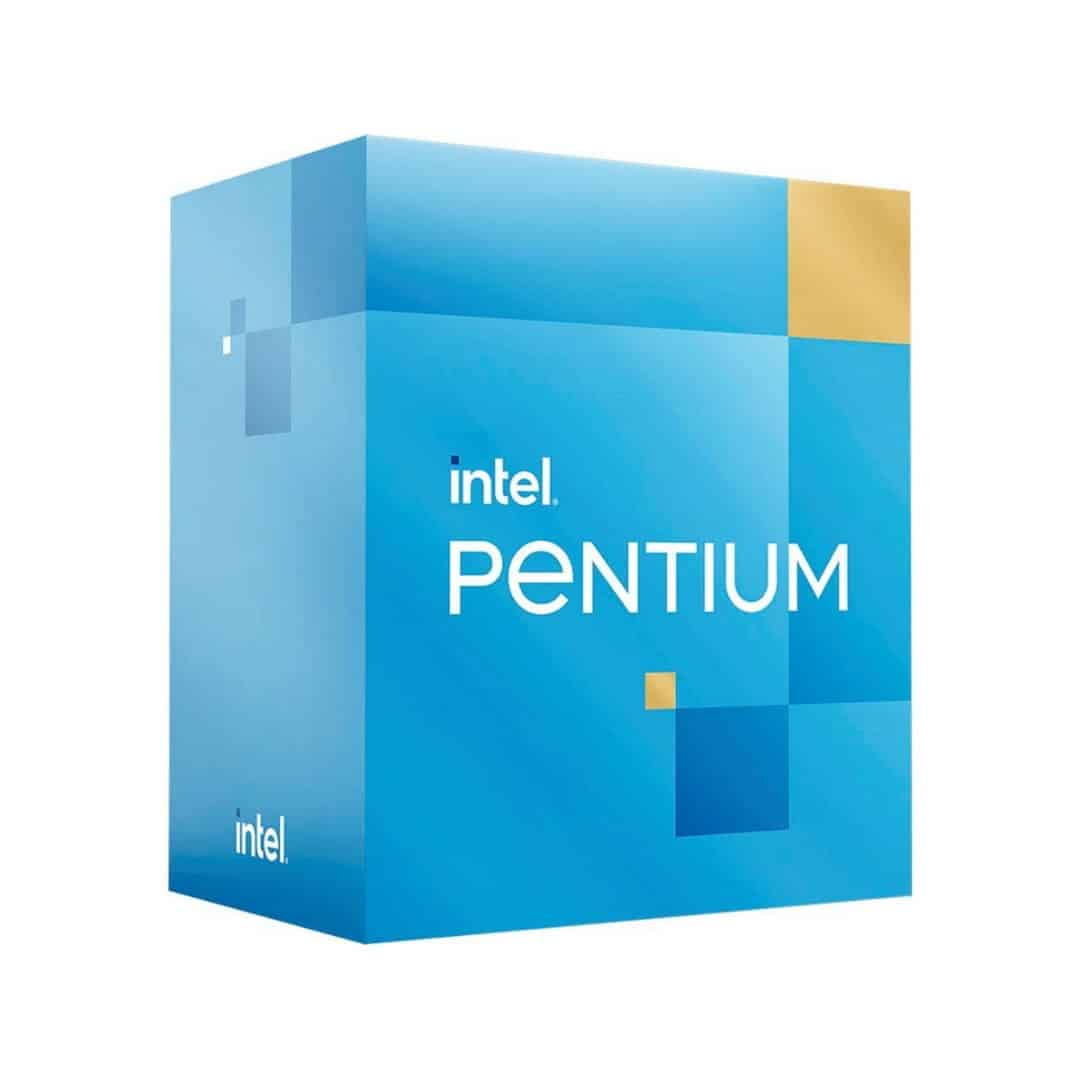

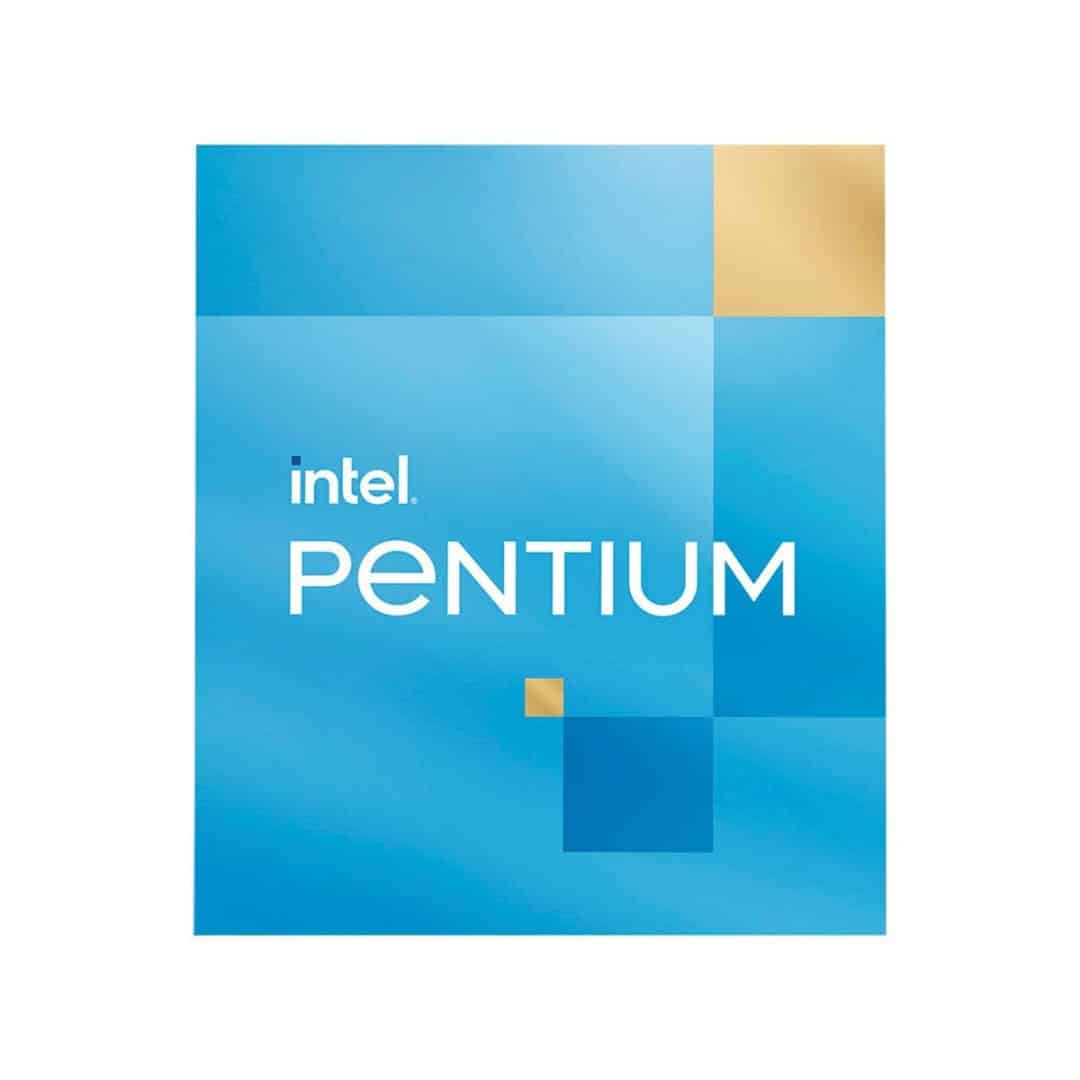
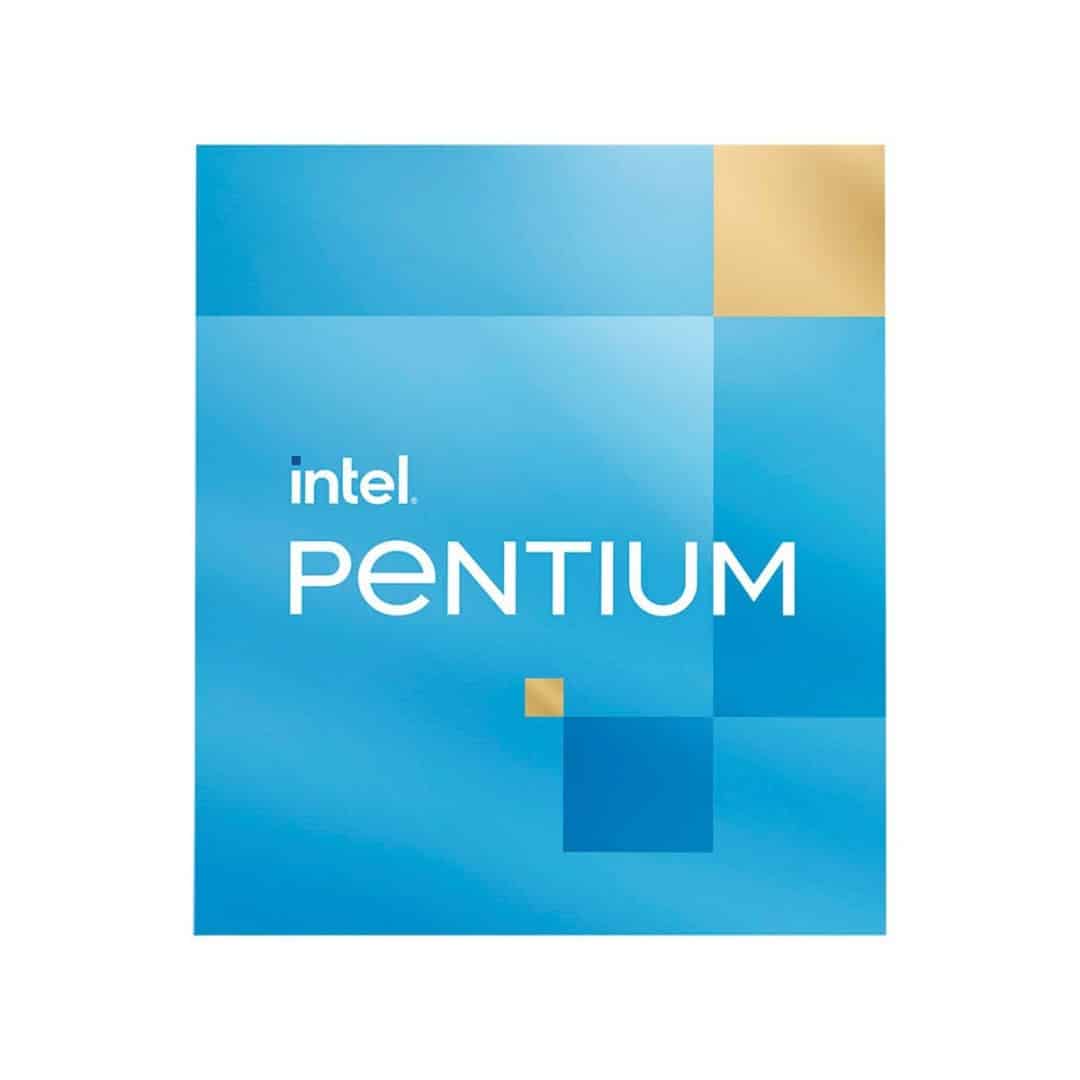
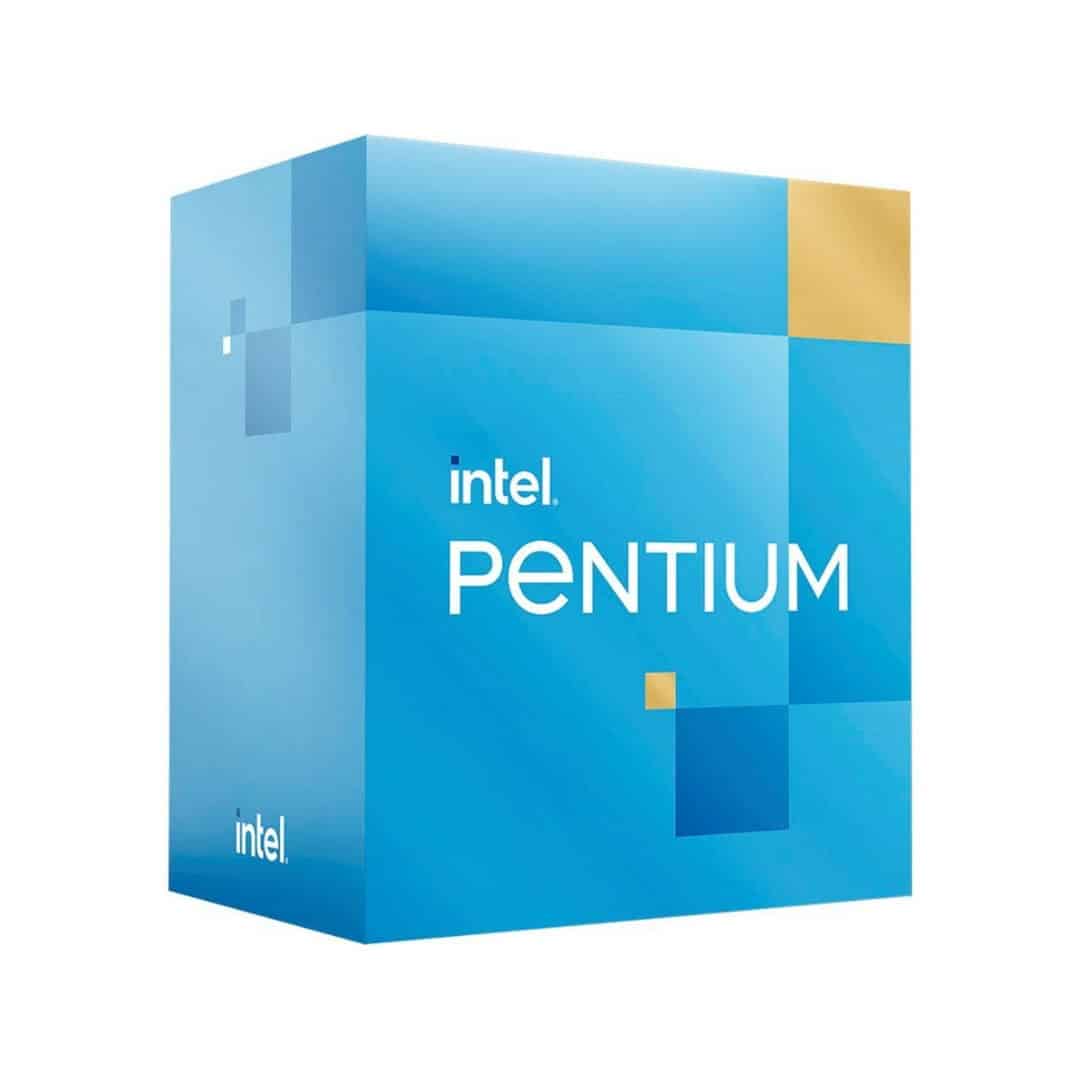
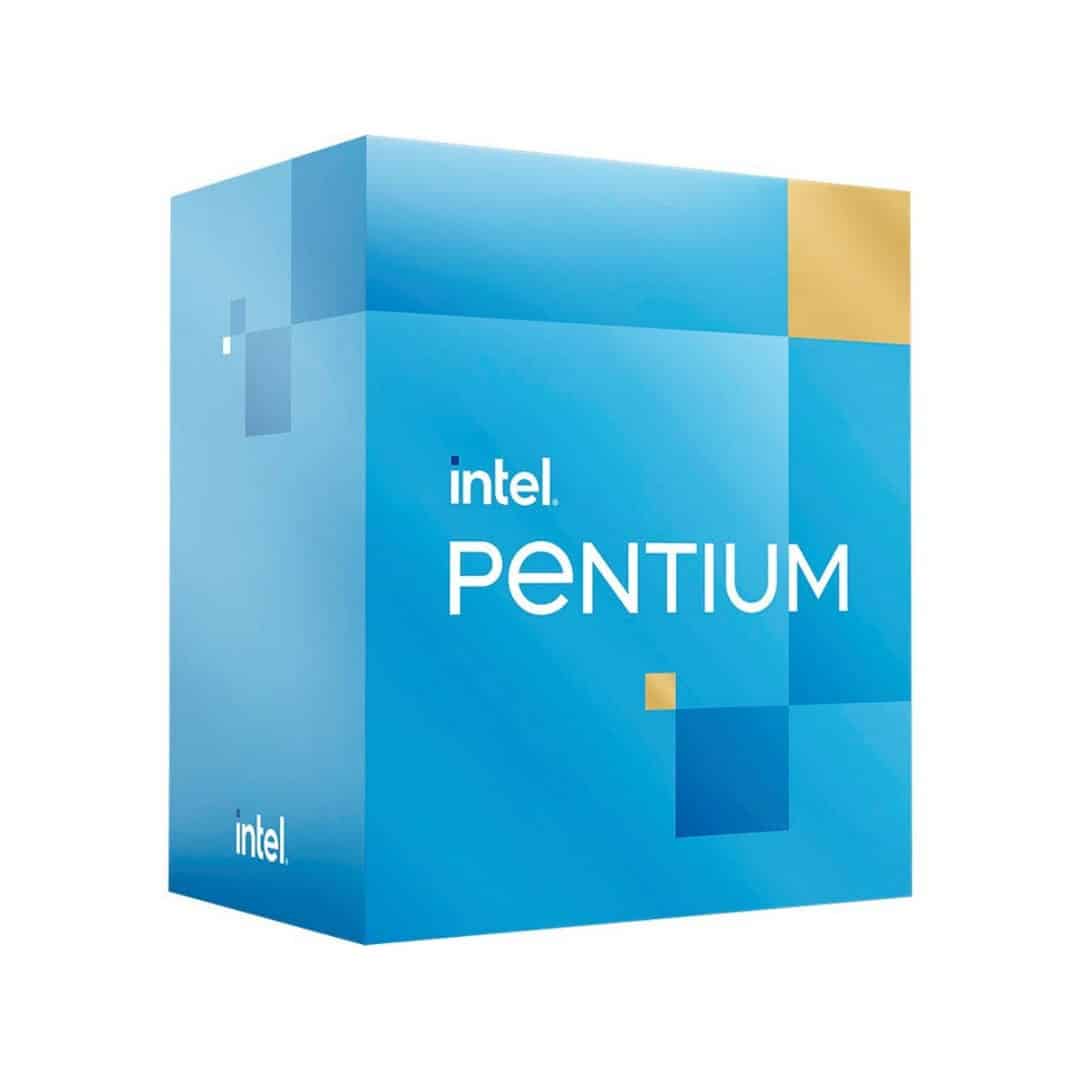

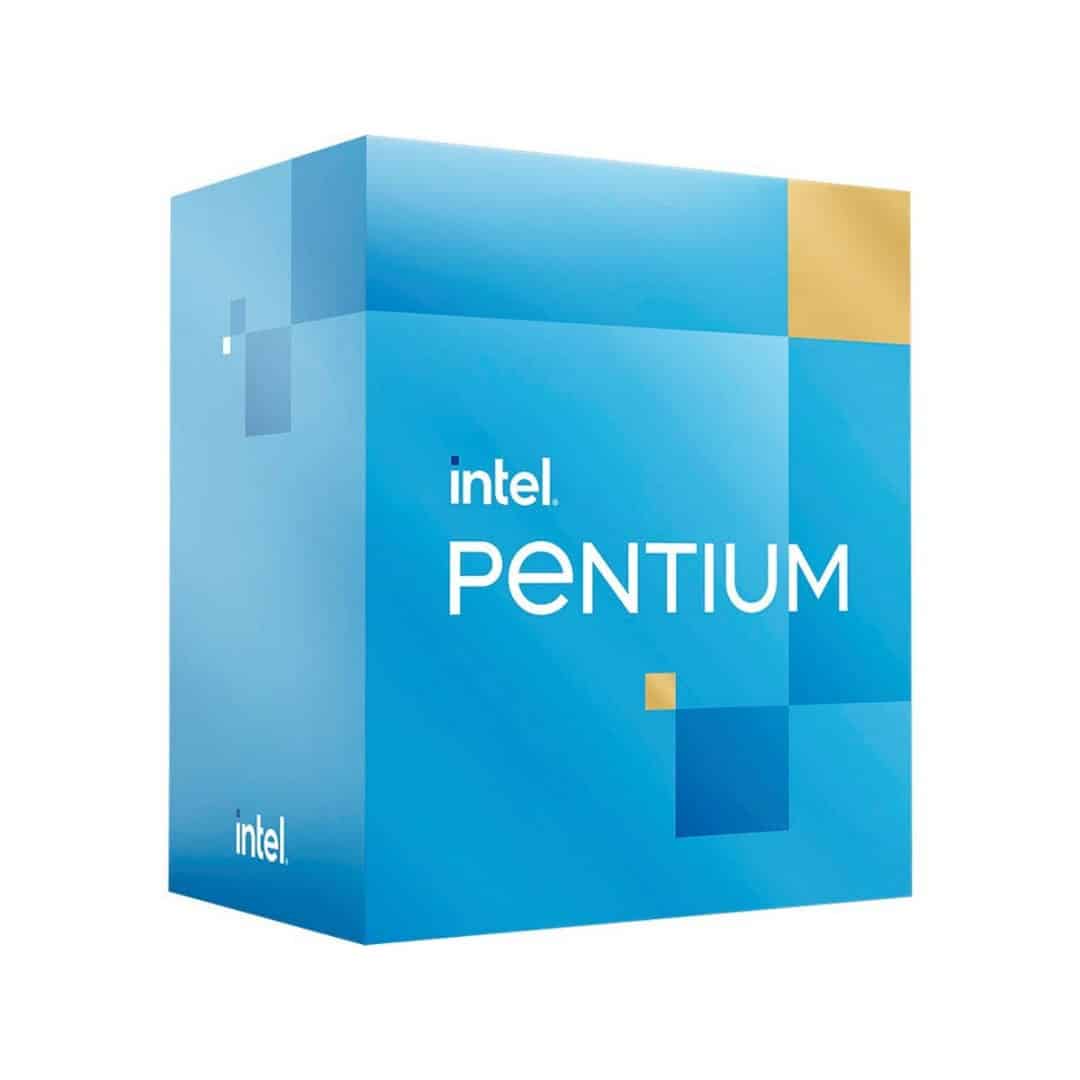
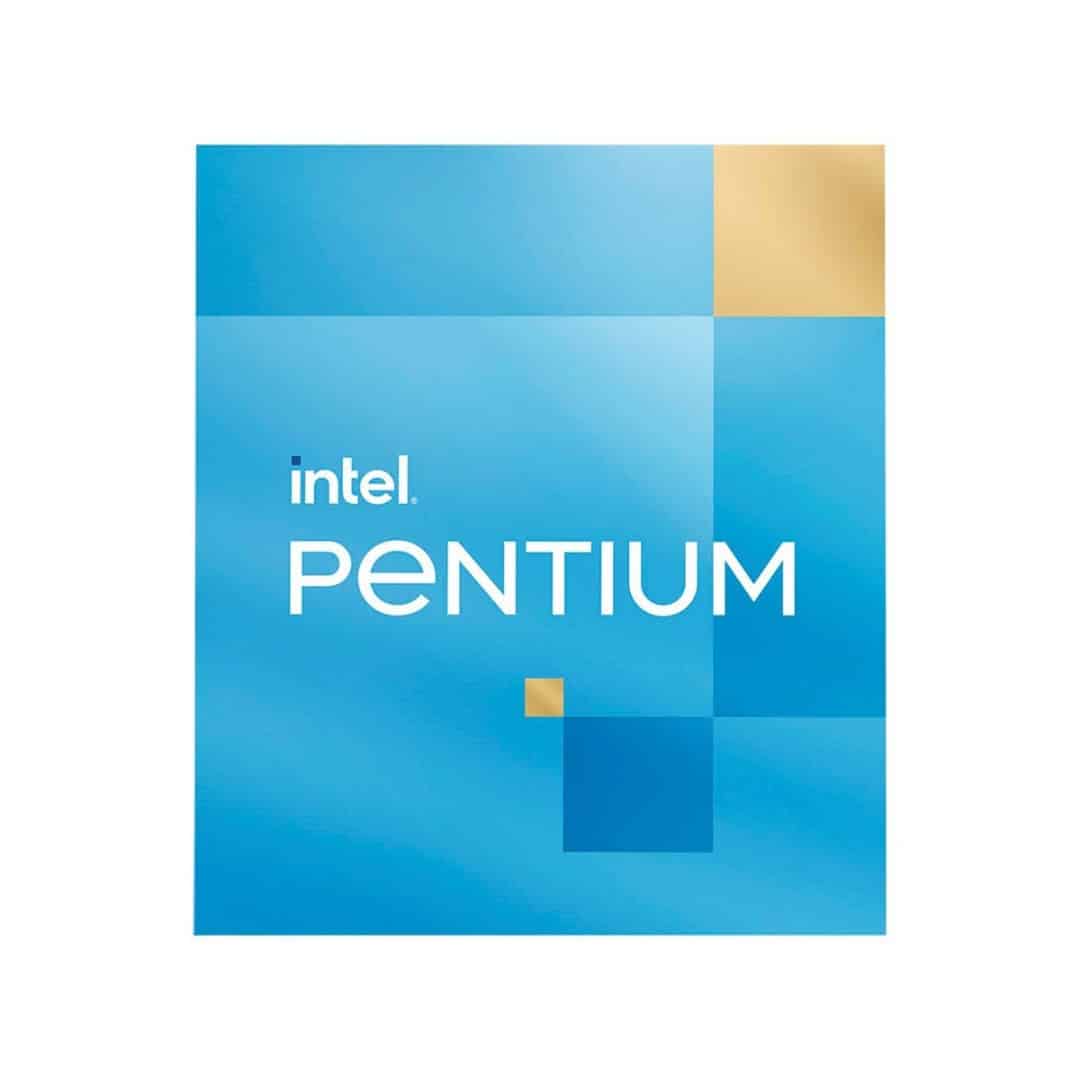


Reviews
There are no reviews yet